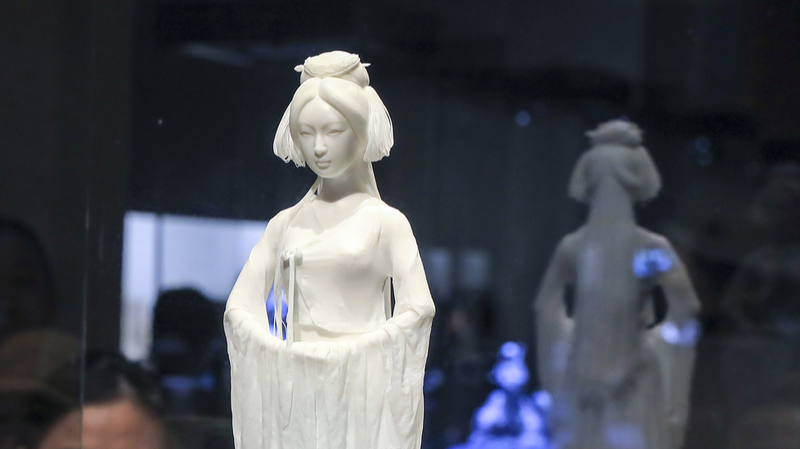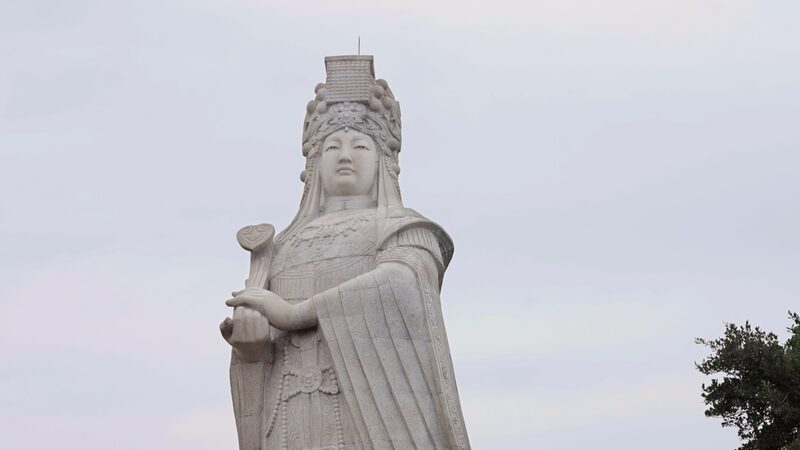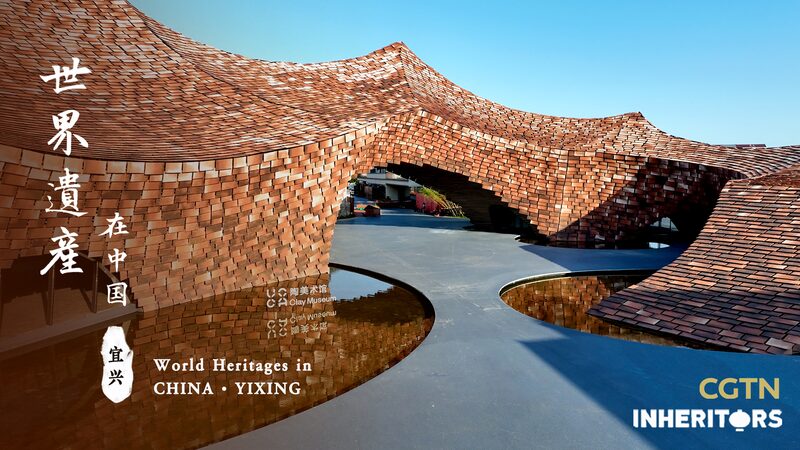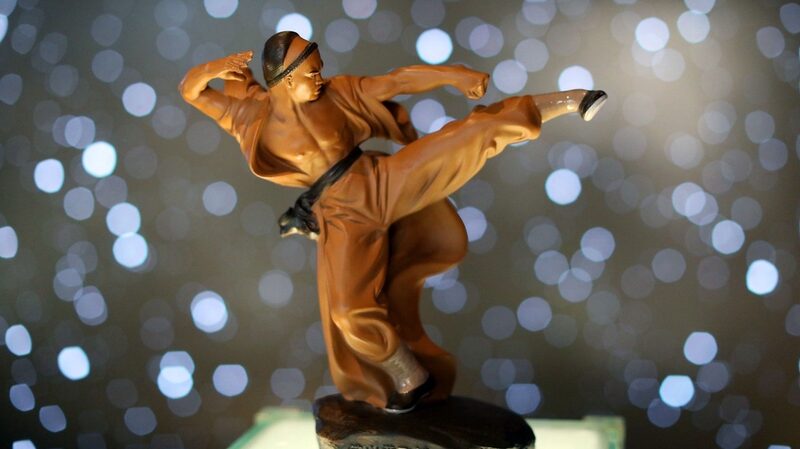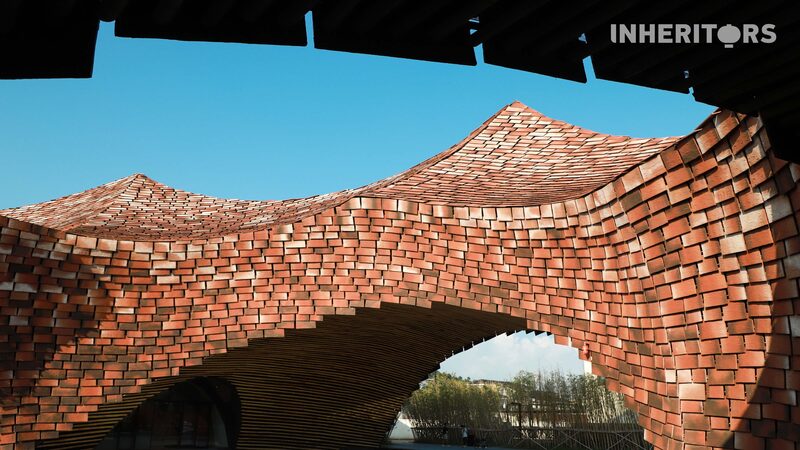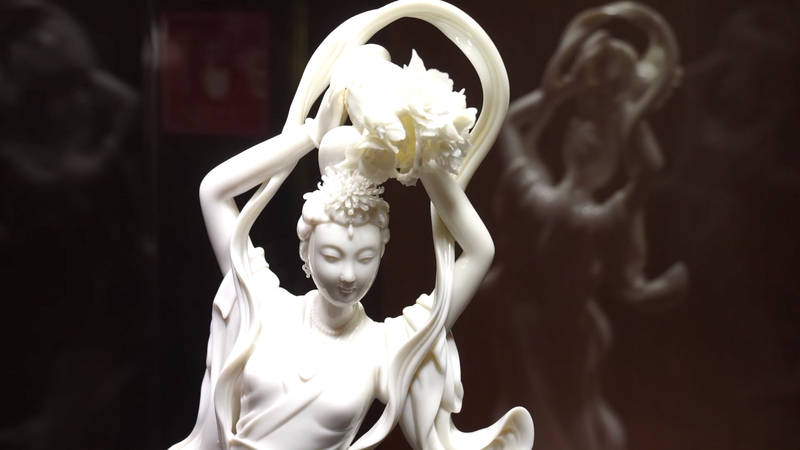Shanghai's China Art Museum has become a gateway to centuries of artistic tradition with its ongoing 'Pure by Nature: The Art of Blanc de Chine' exhibition. The showcase spotlights Dehua white porcelain – a luminous craft from Fujian Province that has mesmerized global collectors since the Ming Dynasty.
Renowned for its snow-like purity and translucent glaze, Dehua porcelain earned its French moniker 'Blanc de Chine' during 17th-century maritime trade. Art historians note its unique kaolin clay composition allows thinner walls and finer detailing than traditional ceramics, enabling artisans to create flowing Buddhist statues and intricate floral motifs.
The exhibition coincides with growing interest in Asian cultural heritage among global investors. Recent auctions saw a 12th-century Dehua lotus vase fetch $2.8 million in London, signaling strong market confidence. 'This isn't just art – it's a bridge between China's manufacturing legacy and modern luxury markets,' commented curator Li Wei during a press walkthrough.
For travelers and diaspora communities, the event offers rare access to 136 artifacts spanning 500 years, including Qing-era export pieces that once graced European palaces. Interactive displays explain how Dehua's kilns influenced ceramic techniques from Japan's Arita ware to Germany's Meissen porcelain.
Reference(s):
Dehua porcelain shines at 'Blanc de Chine' exhibition in Shanghai
cgtn.com
